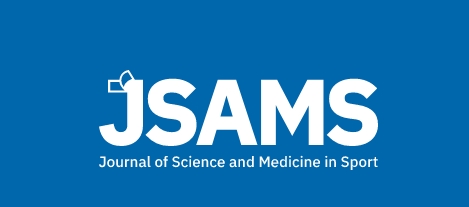Castagna C1, Belardinelli R2, Impellizzeri FM3, Abt GA4, Coutts AJ5, D’Ottavio S.1
1, School of Sport and Exercise Sciences, Faculty of Medicine and Surgery, University of Rome Tor Vergata, Rome, Italy; 2, Department of Cardiovascular Rehabilitation and Prevention, ‘‘G.M. Lancisi’’ Hospital, Ancona, Italy; 3, Human Performance Laboratory, S.S. MAPEI, Castellanza, Varese, Italy; 4, St. Martin’s College, Lancaster, United Kingdom; 5, School of Leisure, Sport and Tourism, University of Technology, Sydney, Australia

The aims of this study were to examine the cardiovascular response to recreational 5-a-side indoor-soccer (5v5) matches (5v5 study, 5v5S, n=15) and to assess the validity of using heart rate (HR) to estimate oxygen uptake (VO2) demands during actual game-play (validity study, VS, n=16) in young subjects (age 16.8+/-1.5 years). Game responses during 5v5S were assessed during 30 min matches using short-range telemetry heart-rate monitors. In VS games (12 min), VO2 and HR were monitored with a portable gas analyser (K4b(2), COSMED, Rome, Italy). Individual HR-VO2 relationships were determined from a laboratory treadmill run to exhaustion (VS) and a multistage shuttle running fitness test (5v5S) using K4b(2). Results showed that 5v5 elicits 83.5+/-5.4 and 75.3+/-11.2% of HR(peak) and VO2peak, respectively. Ninety-one percent of the playing time (30 min) was spent at HR higher than 70% of HR(peak). In VS match, gas analyses revealed that only 71% of HR variance was explained by VO2 variations. However, playing at approximately 70% of HR(peak) elicited 51.6+/-11.2% of VO2peak. Group actual versus predicted VO2 values demonstrated no significant differences (p>0.05), however, large confidence limits were observed (+6.20 and -10.53 mlkg-1min-1). These results show that HR and VO2 responses to recreational 5v5 soccer in young athletes are similar to the exercise intensities recommended by ACSM for promoting cardiovascular health and suggest that HR is valid to prescribe and monitor aerobic intermittent exercise. These results also show that HR measures are acceptable for estimating VO2 during intermittent exercise when assessing large groups, but show that large estimation errors can occur at the individual level.
J Sci Med Sport. 2007 Apr;10(2):89-95. Epub 2006 Jun 21.
PMID: 16797233 DOI: 10.1016/j.jsams.2006.05.010